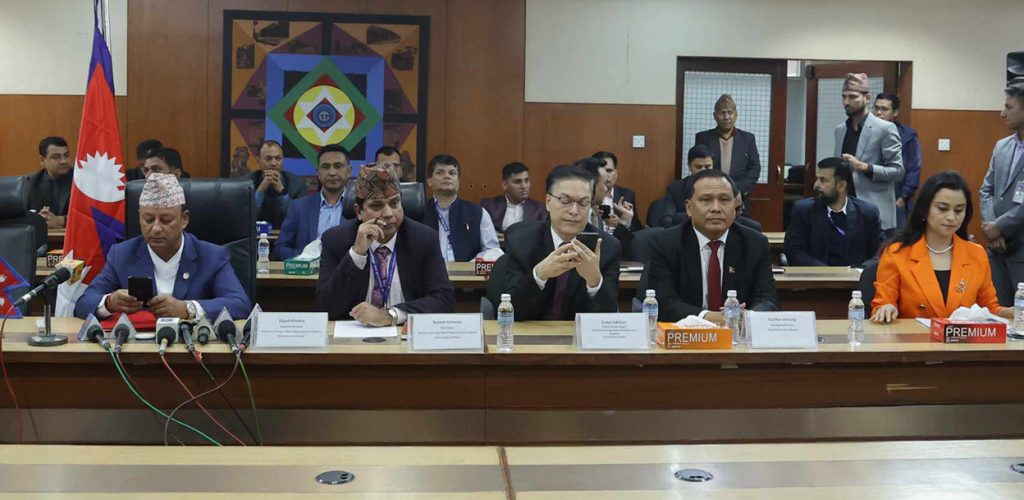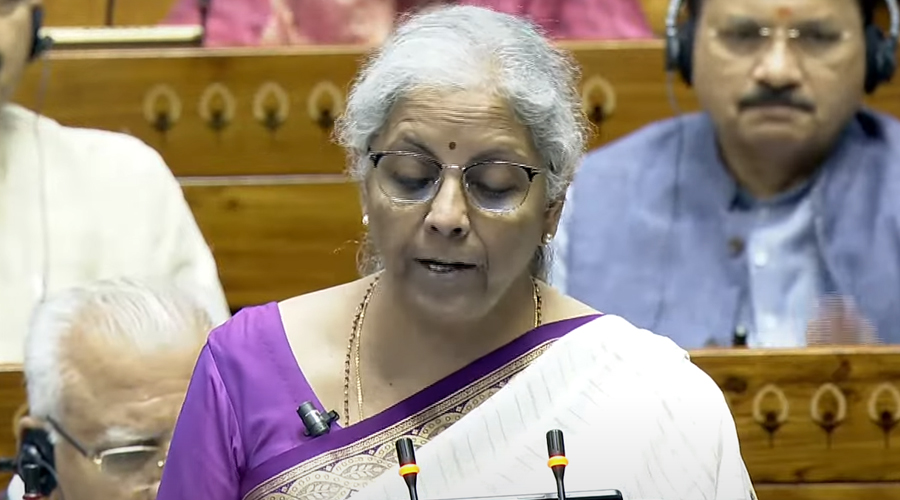Wearing two hats at once can be an uncomfortable fit, but it does not seem to bother the author Arundhati Roy, who for most of her life has railed against state excesses and corporate exploitation while also wielding the pen.
Maybe she does not think of these two jobs as different, but rather as extensions of each other.
This, at least, is the impression Roy gives her readers in her latest novel, The Ministry of Utmost Happiness (Hamish Hamilton), which came out in early June. Two decades in the making, the book records the story of India as it transpired over those 20 years.
This contemporary history is told and retold by myriad voices: those of hijras, people who identify themselves as belonging to the third gender or as transgender; of a dalit man (of the lowest castes) who pretends to be Muslim; of Kashmiris, of Indian civil servants, cold-blooded killers and puppet journalists; of adivasis (tribal populations) and of artists, of owls and kittens and of a dung beetle named Guih Kyom.

Roy uses the internal contradictions of the movements and the locales to mirror her meandering plotlines, which knit all these skeins together into a kaleidoscopic larger narrative.Those are just a few of the backdrops in this panoramic novel, which touches on the various Indian social movements that have captured global attention in recent years, from the 2011 anti-corruption Anna Hazare protests to the 2016 Una dalit struggle.
It’s an uneasy fit, and the book often feels like it is about to burst at the seams. Still, Roy somehow holds it all together, clumsily yet passionately, leaving no one and nothing out.
Locales are similarly wide-ranging. Roy takes readers from a graveyard in Old Delhi to civil war-torn Kashmir and to central Indian forests, where Maoist insurgents fight India’s army. Some of the book transpires too in the 18th-century astronomical site, Jantar Mantar, the only place in Delhi where people are allowed to protest.

Between a graveyard and a valley
Both the margins and the marginalised speak in the Ministry of Utmost Happiness, a feat Roy has also sought to achieve with both her activism and her non-fiction work.
The story follows two characters: Anjum, nee Aftab, a hijra who rejects the politically correct term “transgender”, and Tilo, a Delhi-based architect turned graphic designer who kidnaps a baby from Jantar Mantar.
Anjum’s life is a lens onto an alternate duniya, or world, one where hijras live and learn together, cloistered, following their own rules, regulations and hierarchies.
That changes forever when Anjum travels to Gujarat, a western Indian state that is known for its recent history of religious violence between Hindus and Muslims, and witnesses a massacre. Shortly thereafter, Anjum moves to a graveyard in Old Delhi.
As always, Roy’s brilliance shines most in her choice of locales and the imagery they invoke.
In The God of Small Things (1997), the banks of the Meenachil River in southern Kerala served as the space of deviance for the protagonists, where Ammu and Velutha have their escapades and Estha and Rahel get up to mischief.
In The Ministry of Utmost Happiness, the author gives us two contrasting, contradictory settings: a graveyard that becomes a place of life and the verdant Kashmir valley, a space of death and misery.
Anjum starts a guesthouse in the old graveyard, with each room enclosing a grave. Holding feasts for festivals, she invites her friends over to dine regularly at the graveyard-guest house. Later, Tilo moves in permanently with the baby.
The reader understands this resplendent graveyard, which features not just living humans but an impressive stock of animals too, as an ode to tolerating (or, more correctly termed, to accommodating) plurality, a blunt contrast to the truth of modern-day India, with its increasing intolerance towards religious and social differences.
For this, for trying to etch out a semblance of hope, for showing broken things and shattered people coming together to carve out a niche of their own, Roy deserves applause.
Disparate and intertwined tales
At times all these voices, places and problems escalate into a dissonant cacophony that leaves the reader perplexed, exhausted and grasping at the multiple threads of the plot. But the novel’s brilliance lies in how it captures subtle moments, with attention to detail and sharp compassion.
For instance, the Ustad (master) Kulsoom Bi takes Anjum and the other newly initiated hijra residents to a light and sound show at the Red Fort in Delhi just so they can hear the fleeting but distinct coquettish giggle of a court eunuch. She explains to them that they, the hijras, were not “commoners, but members of the staff of the Royal Palace in the medieval period.”
 Hijras, or transgender women in New Delhi’s Panscheel Park.
Hijras, or transgender women in New Delhi’s Panscheel Park.
R D´Lucca/Wikimedia, CC BY-SA
These nuggets of everyday history and poetry keep readers hooked, gradually lowering us through each of the story’s many layers and offering moments of clarity in an otherwise tangled mesh.
Some have called Roy’s novel a “fascinating mess”, but frankly when one decides to write a shattered story about all things, the narrative(s) is bound to get fuzzy.
The book may be difficult for those who have not been following Roy and her causes in the long years since God of Small Things. But those who get her intellectual moorings and understand her role as a voice of dissent in today’s climate of “saffronisation” – the spread of extreme-right Hindu values across India, a nation veering hazardously towards authoritarianism, know that the author and her work are one.
Roy’s novel, much like her role as a public intellectual, is a reminder that the world we inhabit is a composite one – a duniya of duniyas – where invisible people, their unrepresented struggles and their unacknowledged yearnings have the right to exist.
The Ministry of Utmost Happiness tells their story, extolling everyone’s right to be heard, even if only fleetingly, in the coquettish giggle of a court eunuch.
Malavika Binny, Researcher, Jawaharlal Nehru University
This article was originally published on The Conversation. Read the original article.

























